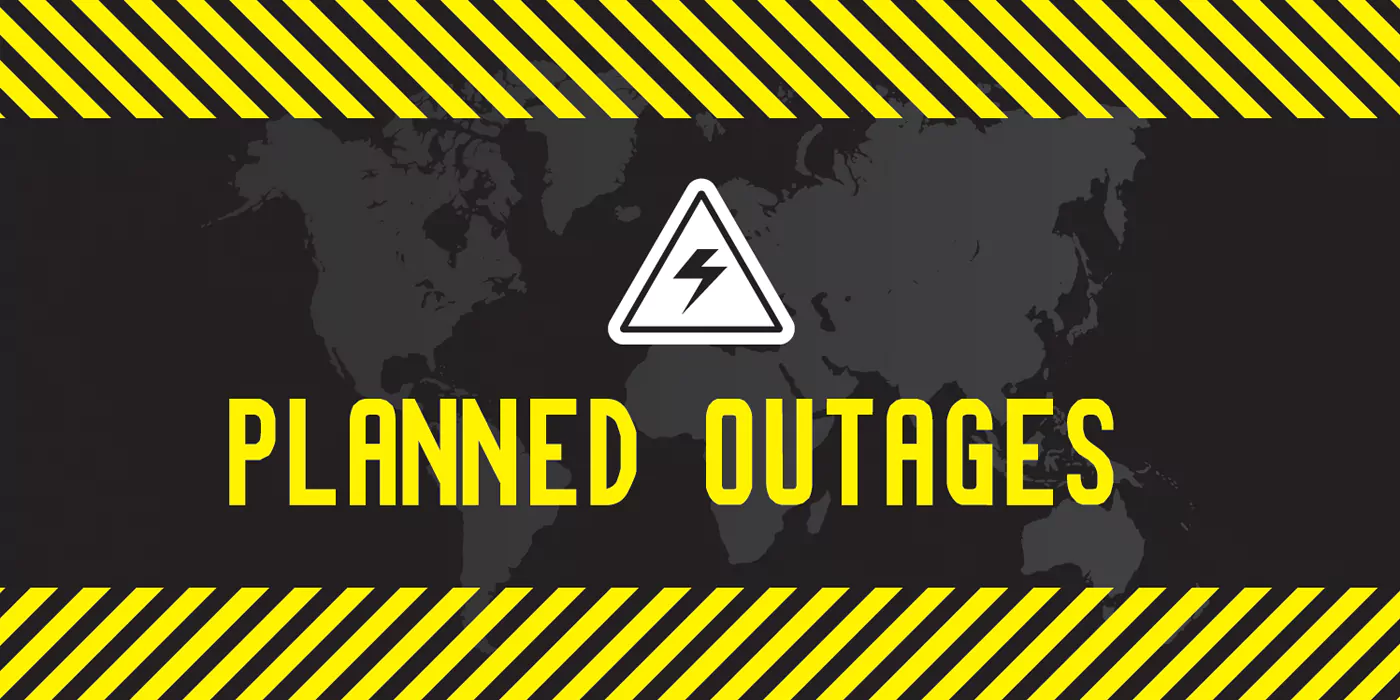Unexpected downtime is never desirable. Your website is the digital representation of your company, so any time it is unavailable to users could harm the reputation of your brand.
How frequently does your computer crash while you are working on it? You’ve probably encountered unexpected server or machine downtime on numerous occasions, which frequently results in countless headaches and hair-pulling resulting from lost work or a delay in delivery. There are many ways to reduce downtime, but occasionally it is unavoidable and scheduled or planned downtime is required.
Downtime: Planned vs. Unplanned
When a lapse in operations happens as a result of an unanticipated machine or server error, it is referred to as unplanned downtime (also known as unscheduled downtime). It’s out of your control and doesn’t follow the schedule set by your employer. Unexpected service outages can take many different forms, from a user’s machine collapsing due to an equipment problem to the entire service going offline without warning. Rarely does unplanned downtime occur when it is convenient for the business.
Additionally, it could be very expensive or hurt your brand. Unfortunately, it frequently takes longer to solve a problem and restore service when it occurs suddenly and unexpectedly.
Contrarily, scheduled downtime, also known as planned downtime, refers to scheduling these downtime intervals at a time that works for the business while minimising any adverse effects on the users. You can install upgrades and carry out standard maintenance as part of proactive, scheduled maintenance to guarantee the best possible performance of your equipment and services. In order to improve the dependability of your services, this may entail replacing worn-out or old machine parts, carrying out routine system maintenance and patches, and a variety of other tasks. This also helps mitigate the cost of downtime.
Here are some easy-to-implement tips to help you manage your planned downtime:
Determine the optimal time for planned downtime in advance
Based on the production cycle of your company, be aware of the ideal windows of time for planned maintenance. The majority of the time, planned downtime is carried out during the evening or night shift, when no one is using the machines. If there isn’t a night shift or your production runs continuously, you’ll need to choose the most practical time to perform maintenance. This might occur at a slower or off-peak time.
To prevent downtime brought on by increased usage or server outages, scheduled maintenance just before significant holidays or severe weather.
Take some time out to figure out the priorities
Know which of your assets should be dealt with first by ranking all of your assets. You might, for instance, spend more time maintaining a particular computer because you are aware that it is prone to malfunctions.
Implement clear guidelines
For each repetitive action, establish clear guidelines and standard operating procedures (SOPs). This will ensure that tasks are carried out properly and that no steps are skipped. For newer team members who may not have as much experience performing some of these maintenance tasks, clear SOPs can be helpful.
Collaboration, for the win!
Encourage a culture of greater cooperation! Collaboration can help to improve workflows and reduce any unnecessary bottlenecks or slowdowns between departments like maintenance, IT operations, and development. In order to ensure that the maintenance team can work efficiently and effectively without interruptions, production teams can set up their workstations in advance of planned downtime when they are aware of and conscientious of what maintenance does.
Be active on social media
Being responsive in your response on social media allows you to interact with your customer base directly, both through public posts informing your audience of the problems the website is having and through one-on-one support for people who contact you directly on social media.
Once more, adopting a proactive approach to unplanned downtime helps to inform your customers and clients and allows your business to steer the conversation until your website is back in operation.
Get website uptime monitoring tools
Time is very much of the essence when dealing with unplanned website downtime. Your ability to respond to visitors to your website who are unable to access it will depend on how quickly you can pinpoint the source of the outage.
Use a website uptime monitoring service, such as Awakish, to actively check the status of uptime. This is the most crucial step you can take to ensure that you respond quickly when your website goes down.
Stay ahead of the game with planned downtime!
In today’s cutthroat e-commerce market, keeping customers waiting is no longer acceptable.
One of the best ways to streamline your operations, increase sales effectiveness, and make sure you’re prepared to provide an outstanding customer experience is to use advanced monitoring tools. This helps you manage both planned and unplanned downtime effectively. Learn how to use contemporary website monitoring tools to check Awakish’s website response time.
Awakish provides a range of website monitoring tools with quick alerts so you can track the response time of your website in real time.
To learn more about our services, get in touch with our support staff!



